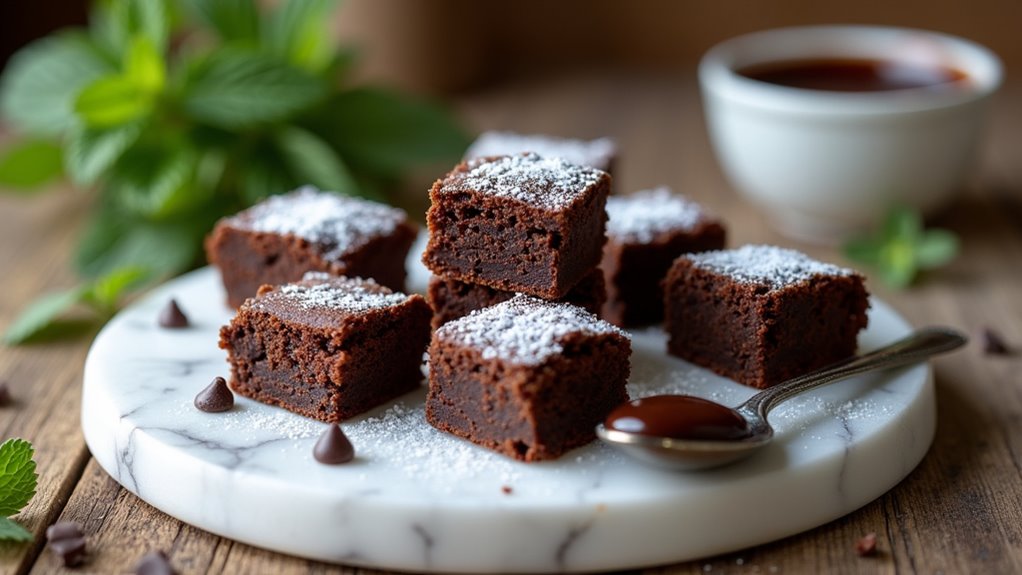Last week, a regular at my restaurant came in panicking about hosting her first fancy dinner party. She wanted something “impressive but not pretentious” to serve with bread. I shared my roasted squash aioli recipe – a happy accident I discovered while experimenting with leftover butternut squash. When she texted me later about her guests practically licking their plates clean, I knew I had to share this little trick. It’s become my go-to solution for turning humble squash into something that makes people ask, “What’s in this?”
History
While aioli’s origins trace back to ancient Mediterranean cuisines, roasted squash aioli represents a modern evolution of this classic condiment.
In traditional preparations across Provence and Catalonia, cooks relied on garlic and olive oil to create this emulsion.
Today’s interpretation incorporates winter squash varieties like butternut, acorn, and kabocha.
I’ve seen this contemporary adaptation gain significant popularity among chefs seeking to expand aioli’s flavor profile.
The practice of roasting squash until caramelized adds natural sweetness to the sauce, reflecting our current emphasis on seasonal ingredients.
This innovation demonstrates how classic condiments continue evolving through modern culinary techniques.
Recipe

Roasted squash aioli transforms the traditional garlic-based spread into a seasonal delight that captures the sweet, earthy flavors of winter squash. This versatile condiment pairs beautifully with sandwiches, burgers, roasted vegetables, or as a dipping sauce for crispy appetizers.
The key to achieving the perfect roasted squash aioli lies in properly caramelizing the squash to develop its natural sugars and deep flavor profile. When combined with classic aioli ingredients, the result is a creamy, rich spread that balances savory and sweet notes while maintaining the signature smoothness of traditional aioli.
Ingredients:
- 2 cups butternut or acorn squash, diced
- 3 cloves garlic
- 1 large egg yolk
- 1 tablespoon Dijon mustard
- 2 tablespoons fresh lemon juice
- 1 cup neutral oil (canola or vegetable)
- 1 teaspoon fresh thyme leaves
- 1/2 teaspoon kosher salt
- 1/4 teaspoon black pepper
- 2 tablespoons olive oil for roasting
Preheat oven to 425°F. Toss diced squash and garlic cloves with olive oil, salt, and pepper, then spread on a baking sheet. Roast for 20-25 minutes until caramelized and tender. Allow to cool completely.
In a food processor, combine the roasted squash, garlic, egg yolk, mustard, and lemon juice. With the machine running, slowly drizzle in the oil until the mixture becomes thick and emulsified. Add thyme leaves and additional salt and pepper to taste, blending until smooth and creamy.
For best results, ensure all ingredients are at room temperature before beginning the emulsion process. If the aioli becomes too thick, thin it with small amounts of warm water or additional lemon juice.
When storing, place plastic wrap directly on the surface of the aioli to prevent a skin from forming. Allow the aioli to come to room temperature before serving for the best flavor and consistency.
How to Serve It
Once you’ve prepared this versatile squash aioli, transform any dish by serving it through multiple creative applications.
I use this homemade mayo-based sauce to elevate everyday meals and special occasions alike.
- Spread the aioli on sandwiches, mixing it with plain Greek yogurt for a lighter option.
- Serve alongside roasted squash and other vegetables fresh off the baking sheet.
- Create a gourmet dip station with crushed garlic cloves and fresh herbs as garnish.
For an elegant presentation, drizzle the aioli over grain bowls or add it to your charcuterie board.
I especially recommend using it as a creamy dressing for roasted vegetable platters or as a bread spread.
Final Thoughts
Creating this squash aioli opens up endless possibilities in your kitchen, transforming ordinary dishes into memorable meals.
Whether you’re using roasted acorn squash or butternut squash, this versatile condiment elevates fall and winter cooking to new heights.
I’ve found that roasted squash aioli not only adds rich, complex flavors but also incorporates valuable nutrients like Vitamin C into everyday dishes.
Store it properly, and you’ll have a week’s worth of creative serving options.
Remember to experiment with different winter squash varieties and complementary herbs to discover your perfect blend.
Make a double batch – you’ll be glad you did.
Want to learn more about Aioli? Check out our article on Horseradish Aioli recipe.



